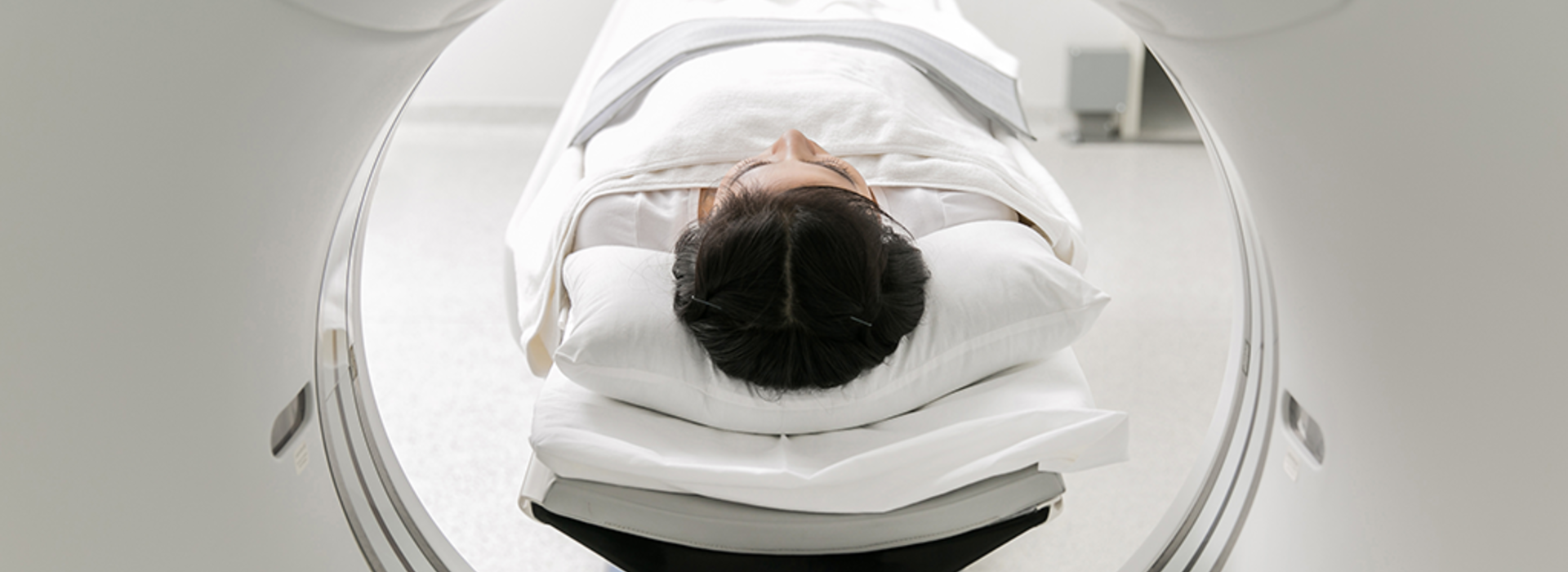
Nuclear Radiology Fellowship
Fellowship Overview
We offer a one-year ACGME accredited fellowship training program in Nuclear Radiology. The 12-month Nuclear Radiology Fellowship Program at the University of Minnesota Medical Center-Fairview provides additional training to diagnostic radiology residents. Nuclear radiology evaluates and treats a wide spectrum of disease processes throughout the body using selective radionuclides/radiopharmaceuticals. The Nuclear Radiology Fellowship Program teaches the use of diagnostic and therapeutic radionuclides/ radiopharmaceuticals to detect and treat disease. Additional goals of the program include fostering appropriate and effective consultation with clinical colleagues, as well as to provide research and teaching opportunities. This fellowship seeks to prepare the fellow for subspecialty practice in nuclear radiology as well as preparation for examinations leading to certificate of added qualification in Nuclear Radiology by the American Board of Radiology (ABR).
Our Division
Our Division
The Nuclear Medicine section performs over 6,000 studies per year. PET imaging is performed for oncologic surveillance and for neuroimaging. Other nuclear medicine examinations routinely performed include cardiac imaging and stress tests; scintigraphic evaluation of the skeletal system for cancer, infection, or inflammation; physiologic testing of the gastrointestinal and urinary tract; specialized tumor imaging and detection; and endocrinologic testing, lung scanning, and sentinel node detection. Therapies such as 89-Sr and 131-I are also offered.
Curriculum
Curriculum
Although fellows spend most of their time in the Nuclear Medicine and Body Imaging reading rooms some of the core competencies are obtained in the patient procedure room, nuclear pharmacy, floor and nuclear medicine examination rooms.
The fellowship is organized by three-month blocks and is designed to educate (in keeping with the ACGME competencies guidelines) fellows in the four main areas of nuclear radiology – general nuclear medicine, nuclear endocrinology imaging and therapy, positron emission tomography and nuclear cardiology. Unsealed source therapy is taught throughout the fellowship because of the infrequent nature of these procedures.
Electives
Electives
Through elective time the fellowship provides for additional training in clinical research and clinical trials. The fellow will rotate through our Clinical Center for Imaging Research (CCIR) which has a PET/CT Biograph mCT-64HDTV scanner and a 4-headed SPECT Head scanner. CCIR is attached to a Cyclotron so that short lived isotopes can be used. N13H3 and FDG are used for cardiac imaging. The fellows are fully trained in how to acquire and process list-mode dynamic data to understand tissue extraction and perfusion. Specialty protocols for FDG Cancer patients (i.e., bladder protocol), FLT, and NaF are utilized for clinical and research purposes. The new brain Amyloid agent will be used at this location as soon as it becomes available. The Quad Headed SPECT is used for DatScan brain imaging for clinical Parkinson's Disease and as a research scanner into other movement disorders. A novel radiochemistry laboratory is under construction, and fellows will learn about the operation of a cGMP facility and the manufacture of novel agents. CCIR is attached to Center for Magnetic Resonance Research (CMRR) and the fellow will learn about the collaborative uses of MRI and Molecular Imaging. In the future a MR-PET scanner will be housed at this facility.
Contact
Nuclear Radiology Fellowship Director
Zuzan Cayci, MD
cayci001@umn.edu
GME Program Administrator
Breckyn Avery
avery203@umn.edu
612-625-6916
Application
A compete application must include:
- Completed Application Form
- Curriculum Vitae
- Transcript
- USMLE
- ECFMG
- Three letters of recommendation (one of which must come from your program director)
- Personal Statement
The fellowship program requires ABR eligibility or certification in order to qualify.
Submit application materials to:
Breckyn Avery, GME Program Administrator
avery203@umn.edu
Eligibility
Minimum entry requirements include successful completion of a diagnostic radiology residency from an ACGME or equivalent residency program in the USA or Canada.
Applications from graduates of non-US radiology programs are considered on a case-by-case basis if the duration of the completed training is at least five years including one year of clinical training. Please note however that for international graduates at least one of the recommendation letters has to be from a US radiologist or US institution.
Interview
- Interviews will be held virtually per SCARD embargo agreement.
-
November 1 - March 31